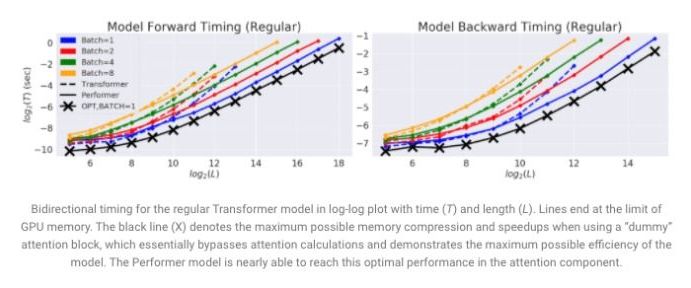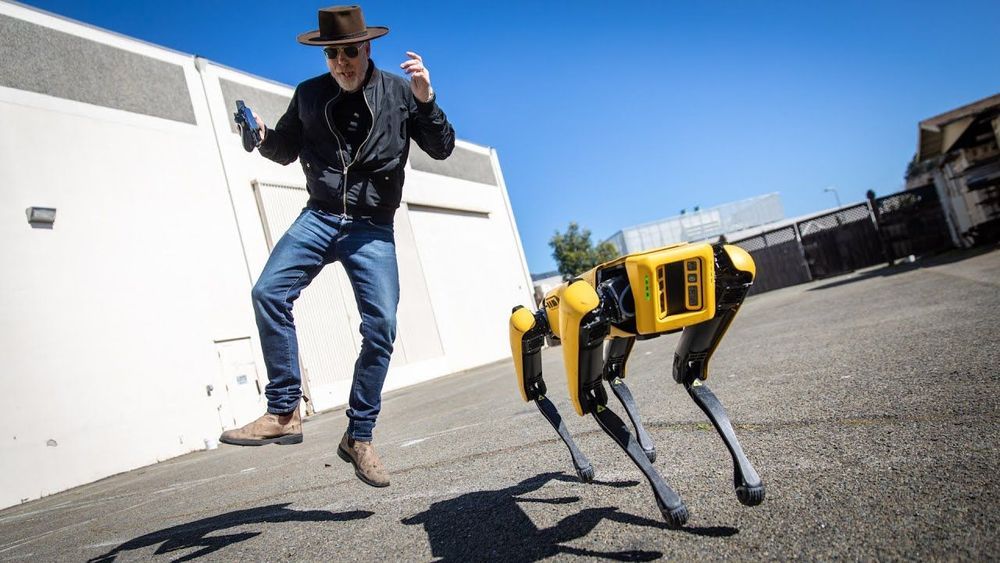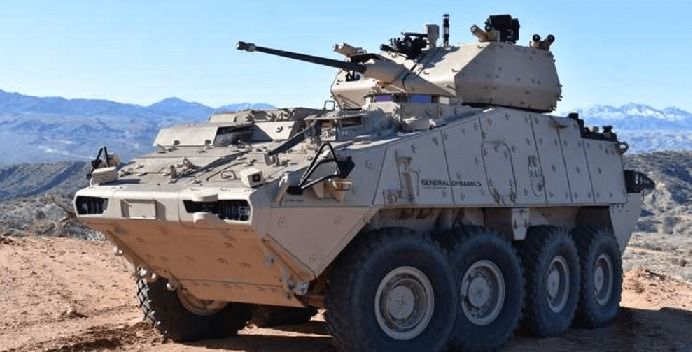AI practitioners can draw lessons from scientists working with animals to train reinforcement learning agents, a recent paper found.


AI practitioners can draw lessons from scientists working with animals to train reinforcement learning agents, a recent paper found.

Transformer model, a deep learning framework, has achieved state-of-the-art results across diverse domains, including natural language, conversation, images, and even music. The core block of any Transformer architecture is the attention module, which computes similarity scores for all pairs of positions in an input sequence. Since it requires quadratic computation time and quadratic memory size of the storing matrix, with the increase in the input sequence’s length, its efficiency decreases.
Thus, for long-range attention, one of the most common methods is sparse attention. It reduces the complexity by computing selective similarity scores from the sequence, based on various methods. There are still certain limitations like unavailability of efficient sparse-matrix multiplication operations on all accelerators, lack of theoretical guarantees, insufficiency to address the full range of problems, etc.

Microsoft, in collaboration with MITRE research organization and a dozen other organizations, including IBM, Nvidia, Airbus, and Bosch, has released the Adversarial ML Threat Matrix, a framework that aims to help cybersecurity experts prepare attacks against artificial intelligence models.
With AI models being deployed in several fields, there is a rise in critical online threats jeopardizing their safety and integrity. The Adversarial Machine Learning (ML) Threat Matrix attempts to assemble various techniques employed by malicious adversaries in destabilizing AI systems.
AI models perform several tasks, including identifying objects in images by analyzing the information they ingest for specific common patterns. The researchers have developed malicious patterns that hackers could introduce into the AI systems to trick these models into making mistakes. An Auburn University team had even managed to fool a Google LLC image recognition model into misclassifying objects in photos by slightly adjusting the objects’ position in each input image.

If humans want to travel about the solar system, they’ll need to be able to communicate. As we look forward to crewed missions to the Moon and Mars, communication technology will pose a challenge we haven’t faced since the 1970s.
We communicate with robotic missions through radio signals. It requires a network of large radio antennas to do this. Spacecraft have relatively weak receivers, so you need to beam a strong radio signal to them. They also transmit relatively weak signals back. You need a large sensitive radio dish to capture the reply. For spacecraft beyond the orbit of Earth, this is done through the Deep Space Network (DSN), which is a collection of radio telescopes custom designed for the job.
The only major crewed mission we currently have is the International Space Station (ISS). Since the ISS orbits only about 400 kilometers above the Earth, it’s relatively easy to send radio signals back and forth. But as humans travel deeper into space, we’ll require a Deep Space Network far more powerful than the current one. The DSN is already being pushed to its data limits, given the large number of active missions. Human missions would require orders of magnitude more bandwidth.

Now there’s another feat to add to GPT-3’s list: it wrote a screenplay.
It’s short, and weird, and honestly not that good. But… it’s also not all that bad, especially given that it was written by a machine.
The three-and-half-minute short film shows a man knocking on a woman’s door and sharing a story about an accident he was in. It’s hard to tell where the storyline is going, but surprises viewers with what could be considered a twist ending.


U.S. company can keep hosting vast coronavirus-related project but must protect French citizens’ health data from American government, court rules.
A French court has ruled that Microsoft Corp. can continue hosting a government-run project aggregating citizens’ anonymous health data to use for AI-based research, but must guarantee no data will be sent to the U.S. or be shared with American intelligence authorities.
The ruling, handed down last week, contradicts the stance of France’s data protection authority, which told the court this month that any U.S. cloud provider could be forced to comply with U.S. surveillance laws and should therefore not be allowed to host sensitive health data. The regulator’s opinion could provide clues for other companies handling such data, legal experts say.
Companies are wrestling with tricky decisions about moving their data from the European Union to the U.S., following a court decision this summer that required personal data transferred there to include special guarantees against surveillance by the American government.

Many people say that overpopulation will spell the end of humanity. However, with mind uploading and the consumption of fewer resources that comes with it, I believe that humanity will not have to worry about an overpopulation issue for decades to come.
Discord Link: https://discord.gg/brYJDEr
Patreon link: https://www.patreon.com/TheFuturistTom
Please follow our instagram at: https://www.instagram.com/the_futurist_tom
For business inquires, please contact [email protected]

Boston Dynamics announced that it has developed a robot arm for its “Spot” robot and also a charging station. Both will be available for purchase this spring.
The robot Spot made quite a splash on the internet last year, thanks to its YouTube videos. The four-legged yellow-bodied robot was shown marching its way autonomously and untethered through a wide variety of terrain in ways reminiscent of a dog; hence its name. The robot dog is available for sale. Those interested can purchase one directly from Boston Dynamics for $75,000. CEO Rob Playter told members of the press recently that the company has sold 260 of the robots as of last June. Those robots are currently being tested (and in some cases, used) in mining, healthcare, construction and other sectors—mostly in situations that are dangerous for people. The company has also created a host of add-ons for the robot to assist in a wide variety of applications. The company is now adding to that list by making available both a robot arm and a charging station.
The robot arm affixes to the top front of Spot, resembling a long neck with an articulated joint. A gripper is mounted on the end of the arm, vaguely reminiscent of a head with a mouth. The robot arm is capable of six degrees of motion and comes with its own user interface (UI). The arm can be programmed ahead of time to carry out tasks, such as using doorknobs, turning hand cranks, or lifting, carrying and moving materials. Alternatively, the arm can be controlled by a user watching the action. The arm is programmable via an associated developer API toolkit.

Drones or unmanned vehicles are becoming a major threat as more and more countries are developing and relying on it. The latest conflict between Azerbaijan and Armenia also saw extensive use of drones.